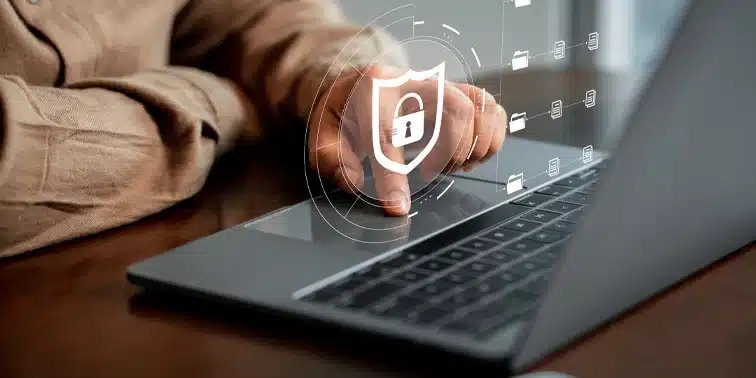In the dynamic realm of cybersecurity, staying up-to-date with the latest standards is crucial for safeguarding a firm’s assets and reputation. The updated ISO 27001 standard marks a significant advancement, incorporating revised controls that address today’s most common threats and risks, thereby offering a stronger framework for Information Security Management Systems (ISMS). For IT professionals, understanding how these changes influence the landscape of threat detection is not just advantageous, it’s essential.
Understanding the Importance of ISO 27001 in Today's Cybersecurity Landscape
ISO 27001 certification is not just a measure of security efficacy: it’s a global benchmark for resilience against cyber threats and vulnerabilities. As technology evolves, adaptive measures in standards like ISO 27001 are critical for maintaining a secure and trustworthy IT environment.
Recent updates signal both the recognition of emerging risks and the need for proactive response initiatives including:
- Updating the list of interested parties: Clearly identifying which of their requirements are addressed by the ISMS, in line with the latest standards.
- Defining and documenting processes for maintaining and improving the ISMS: Ensuring that the ISMS is continuously enhanced to meet evolving security challenges.
- Implementing controls for externally provided products and services: Defining how these are managed and monitored within the scope of the ISMS to ensure they meet security requirements.
- Addressing changes and interdependencies within the ISMS: Establishing processes to manage changes in the ISMS and ensuring that any interdependencies between processes are considered and controlled effectively.
Read our article here on the changes to ISO 27001 and what you need to know.
Deciphering the Role of Threat Detection in ISO 27001
Threat detection and risk assessment sits at the heart of ISO 27001, integral to its goal of identifying and mitigating potential breaches. It’s a proactive check on the health of a firm’s cyber defence, providing IT professionals with both a challenge and an opportunity to excel in their strategic roles.
Threat detection and response entail multiple stages, such as monitoring endpoints, identities, networks, applications, and cloud environments to identify risks and breaches. Key phases include detection, investigation, containment, eradication, recovery, reporting, and risk mitigation.
Within ISO 27001, threat intelligence equips organisations with insights into cyber threats by collecting, analysing, and contextualising data on current and emerging cyber-attacks, thereby bolstering their defence strategies.
Implementing Best Practices for ISO 27001 Compliance
For IT professionals, ensuring ISO 27001 compliance is a critical aspect of robust information security management. Adhering to best practices involves:
- Establishing a strong ISMS framework by assigning responsibilities and creating a comprehensive suite of policies, procedures, and guidelines.
- Performing risk assessments: identifying, assessing, and prioritising risks, and implementing the relevant controls to mitigate them, as well as developing a risk treatment plan for ongoing monitoring and review.
- Maintaining effective Role-Based Access Control (RBAC) and ensuring a thorough inventory of assets, classifying them based on their importance and sensitivity.
- Continuously monitoring and reviewing of security policies to adapt to evolving risks.
- Conducting regular audits and reviews.
- Engaging stakeholders, ensuring management is involved and informed.
- Staying updated on regulatory requirements.
- Managing Third party risks.
Threat Detection Technologies
Effective threat detection requires leveraging advanced technologies such as AI and machine learning to analyse patterns and predict potential breaches. By incorporating these best practices, companies can not only achieve ISO 27001 compliance but also enhance their overall security posture, safeguarding sensitive data and maintaining stakeholder trust.
Compliance is not just about meeting the written requirements; it’s about embedding a culture of security that peels away every layer of an organisation.
The Imperative of Staying Ahead in Threat Detection
At its core, the revised ISO 27001 standard reiterates the significance of anticipating, rather than reacting to, threats. It’s key that IT leaders be forward-thinking, allowing the nuances of the updated Standard to guide their strategic decisions in safeguarding information assets.
Staying informed and prepared is the linchpin in the effective application of ISO 27001’s new requirements. By adopting these guidelines, organisations can not only ensure compliance but also fortify their defences against the sophisticated and continuously evolving nature of cyber threats.
At Inavate Consulting, we can help you with your Information Security Management Strategy. From Internal Auditing through to ISO27001 implementation, certification and ongoing continual improvement.







